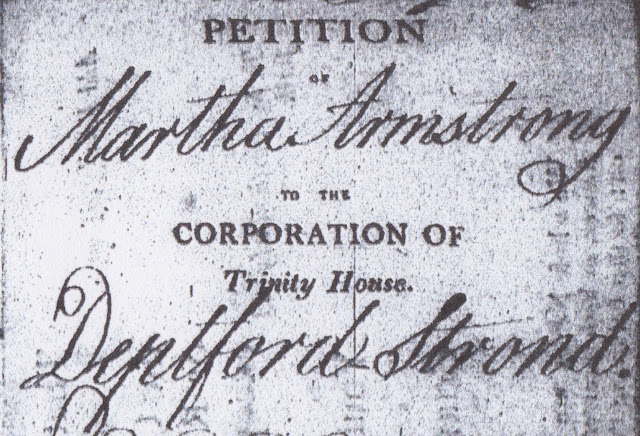I've recently returned from a little hiatus away from the genea-world, but through that time I was away, I still made sure to check for any new records or information coming online.
One record set I am particularly interested in is the Newcastle upon Tyne, Electoral Registers over on Ancestry. The records date from 1754 to 1974. Numerous family lines passed through Newcastle at some time or another, but the majority of my family went on to settle in the Tyneside area.
However, I did manage to find a few ancestors listed in the registers, and to be honest I'm completely bemused by it. Two of my ancestors appear in the List of Burgesses in the 1853-1854 year. Their names were Andrew Queenan and Peter Coyle, my 4x great-grandfather and my 3x great-grandfather, respectively.
Their entries aren't very detailed, but I am able to glean a fair bit of information from them. Both men were living in Kimpster's Tenements, Wall Knoll, Newcastle, their families occupying a room each. Back in the 1851 census, both families are listed on the same census return page, living adjacent to each other. The address is described only as "Wall Knoll," so Kimpster's Tenements is brand new information to me.
Andrew Queenan disappears from the electoral registers after that date, so I can only assume that by the following year he and his family had moved to Philadelphia, Murton near North Shields. Andrew later died in 1859.
Peter Coyle appears in later registers for 1858 and 1859, both times living in a public house on Sandgate. Sandgate was alongside Wall Knoll, so the Coyle family hadn't moved very far at all. The register does not say which public house it was, but I already know it to have been the White Swan. By 1861 the Coyle family were living in Philadelphia, Murton, close to the Queenan (now Quinnin) family.
Both families were Irish migrants, paupers. I will need to do some research into how and why the two men were able to vote.
Below are a few select excerpts of what life was like living in Wall Knoll during that time:
"Maria Graham, for robbing another foreigner of a silver watch and £1 10s, at a house of ill fame in Wall Knoll, was committed for two months. - Jane Morpeth, was charged with robbing a young man named John Young, of his coat, in Wall Knoll. The case against her not being complete, she was remanded until Wednesday."
- Newcastle Guardian, 23 July 1853
"Jane Morpeth, a notorious character, was brought up for stealing £1 13s 6d from the person of Charles Porter in the Wall Knoll; but the prosecutor not appearing she was discharged."
- Newcastle Courant, 9 September 1853
"Before Ald. Hawks. - Patrick Grant, glass-cutter, was charged with assaulting and robbing Ralph Liddell, of his watch. The complainant, while passing along the Wall-knoll, was suddenly attacked by the prisoner, who struck him, and attempted to snatch his watch from him, but, while struggling, a police-officer fortunately came up, and captured the prisoner. On examining the place, the watch was found lying on the ground. The bench, under the circumstances, fined the prisoner £3 for the assault, and in default of payment committed for two months."
- Newcastle Courant, 11 November 1853
"Harriet Edgar and Ann Wilson, robbing a Dutch sailor of 8s 6d, in a house of ill fame, in the Wall Knoll, were committed for three months."
- Newcastle Guardian, 31 December 1853
"All Saints' District, particularly Pandon, Silver Street, Wall Knoll, and the more densely populated parts of the district generally, were also in so bad a sanitary condition that parts of it could not be worse. Mr Simon enquired as to whether the excrements were thrown out in any of these places? Mr Rayne said it was so, and if Mr Simon were to walk down there at night he would most likely get a shower. (Laughter.)"
- Newcastle Journal, 28 January 1854
It is quite clear to all that Wall Knoll was a hotbed of crime, disease, filth and unsavoury characters, and this was the street in which my ancestors lived.
















